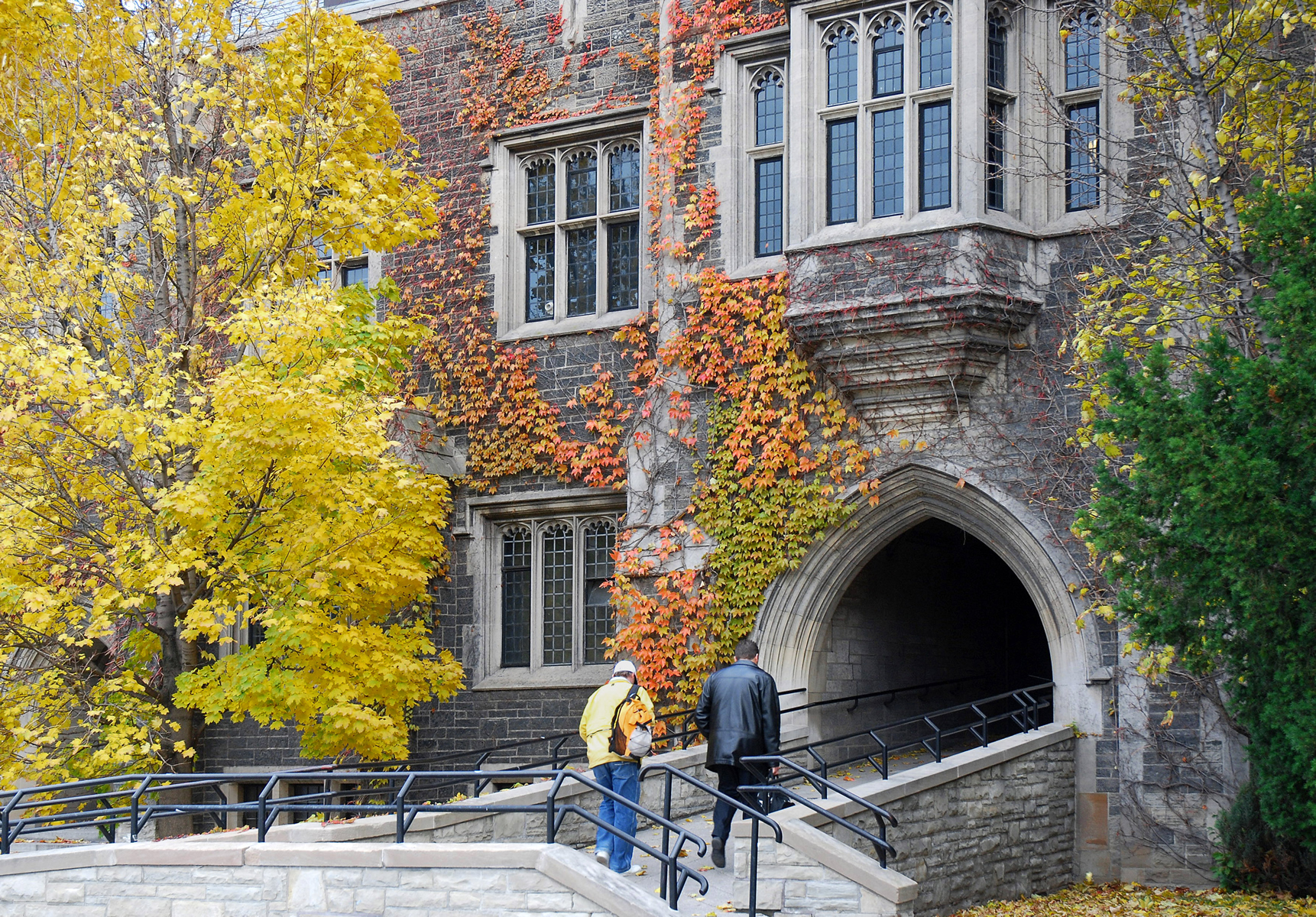Archived Content
In an effort to keep ICE.gov current, the archive contains content from a previous administration or is otherwise outdated. This information is archived and not reflective of current practice.
ICE tracks non-immigrant students in the US
The United States attracts and welcomes foreign citizens to our nation's higher educational institutions. In fact, according to a recent Student and Exchange Visitor Program (SEVP) report, there were more than 1.1 million nonimmigrant students studying in the United States as of February 2015; the majority of whom were from China, India and South Korea.
Who tracks these students? In 1996, Congress directed the Immigration and Naturalization Service, a legacy agency of U.S. Immigration and Customs Enforcement (ICE), to set up an automated system to track nonimmigrant students enrolled in U.S. institutions of higher education.
In the wake of 9/11, it was determined that one of the 19 hijackers entered the United States on a student visa. As a result, Congress then authorized funding to expand the nonimmigrant student automated tracking system.
Today, ICE uses the web-based Student and Exchange Visitor Information System (SEVIS) to maintain information on students who are in the United States on F (academic) and M (vocational) visas, as well as SEVP-certified schools that enroll them.
SEVIS also maintains information on U.S. Department of State-designated exchange visitor program sponsors and J-1 visa exchange visitor program participants. SEVIS is a critical tool in SEVP's mission to protect national security while supporting the legal entry of F, M and J nonimmigrants to the United States for education and cultural exchange.
To this end, SEVP holds rigorous outreach initiatives. In 2014, SEVP participated in more than 60 conferences, webinars and teleconferences. Most attendees are designated school officials (DSO) who, by law, keep SEVP up-to-date on school and nonimmigrant student information in SEVIS. DSOs serve as a link between nonimmigrant students and SEVP; they play a central role in helping their school comply with regulations and their nonimmigrant students maintain status.
To ensure critical information is widely disseminated, SEVP also posts pertinent information on the Department of Homeland Security Study in the States website. Compliance requirements, regulatory trends and program updates are posted so that stakeholders are better equipped to prevent regulatory noncompliance, detect erroneous SEVIS data or student status noncompliance and report potential fraud involving schools and nonimmigrant students.
In January, SEVP presented at the 6th Annual International Flight School Operators Conference. Flight school owners, business managers and chief flight instructors attended the event and got an in-depth look at how flight schools are certified by SEVP as well as how to remain compliant with federal regulations.
Susanna Warner, section chief for the SEVP Analysis and Operations Center said that SEVP's flight school presentations are typically centered around M-1 nonimmigrant student regulations; the requirements of which are much different and more restrictive than F-1 nonimmigrant student rules. SEVP, therefore, communicates to flight schools that it's important for them to adapt their programs of study to these regulations.
Further, ICE's Homeland Security Investigations' (HSI) Counterterrorism and Criminal Exploitation Unit (CTCEU) is the first and only national program dedicated to the enforcement of nonimmigrant visa violations. The unit's SEVIS Exploitation Section (SES) works to prevent terrorist or criminal exploitation of the nation's immigration system and refers leads to HSI field offices for criminal investigation.
SES developed and maintains an academic outreach program known as Project Campus Sentinel (PCS). PCS is used to establish communication channels between HSI special agents and school officials while also creating innovative ways to identify potential SEVIS exploitation, national security threats and campus radicalization. To date, HSI special agents have conducted more than 2,100 outreach visits in all 50 states as well as Puerto Rico and Guam.
ICE's aim is to ensure visiting students pursue their educational goals in the United States, while also preventing those with nefarious intent from exploiting the nation's visa system.
Further information about these programs is available on the SEVP and CTCEU websites.


